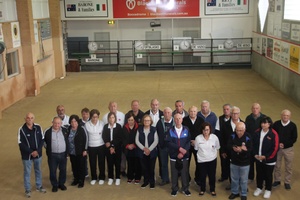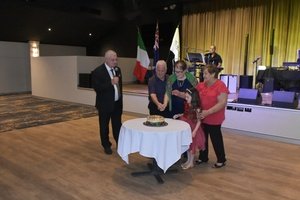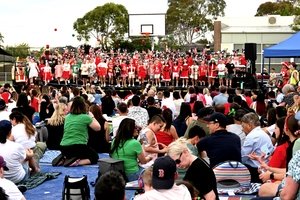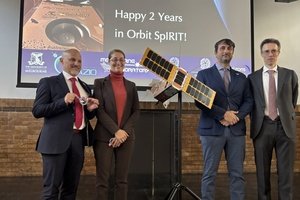In Florence, March 25 is a day of a particularly festive nature, as it marks the occurrence of two very special events; the Feast of the Annunciation and the Florentine New Year, both made official in the year 2000.
For Florentines, the original new year still begins in March, corresponding to the new era that began with the Annunciation. Referring to the time when Catholics believe Mary was informed of her pregnancy and the impending birth of Jesus by the angel Gabriel, the Annunciation is a significant event in the religious calendar. It is traditionally celebrated on March 25, nine months before the popularly accepted date for the celebration of Jesus’ birth, December 25.
This changed when the Julian calendar began to be taken over by the Gregorian calendar in 1582, instating January rather than March as the beginning of the year. However, it was not until 1749 that Florence began to celebrate the new year when many countries worldwide do, on January 1, despite also retaining their traditional day.
Celebration of the Annunciation has early origins, with observance thought to have occurred from the fourth or fifth century. It was the only event, along with the Lord’s Day (Sunday) permitted to be observed during the period of Lent, according to records of the Council of Constantinople from 692.
The announcement of Jesus’ incarnation has since gone on to become a significant source of inspiration for art and has been one of the most popular artistic themes within Christianity. Many Old Masters and painters have adopted their own interpretations of Mary and the messenger angel.
Founded in 1250, the Basilica della Santissima Annunciazione, or the Basilica of the Most Holy Annunciation, in Florence, becomes the site of a pilgrimage on March 25 every year. One of its significant characteristics, and the reason for its association with the feast of the Annunciation, is its painting depicting the moment when Mary was informed by the angel Gabriel that she would give birth to Jesus. Work on this painting is said to have been taken over by an angel, after the monk who began it doubted his artistic abilities and gave up on it. It is to this image that a crowd, starting out from the Palagio di Parte Guelfa, journeys and pays their respect, amid costumes, music and flag-wavers.
Pisa also celebrates the new year on March 25. On the day, a procession wends its way from the Piazza dei Cavalieri to the Cathedral at the Piazza dei Miracoli, where, at midday, a marble egg resting on a column next to the elaborately decorated pulpit is suddenly hit by a beam of light through a round window, representing the solar significance of a new year.
The rest of the week sees many festive events organised throughout Pisa. The history of the city is celebrated through educational programs at schools, as well as performances by historical groups and discussions about preserving historical traditions. Horse races and shows, rowing, music and candlelight displays are also spread out over the days following March 25.












